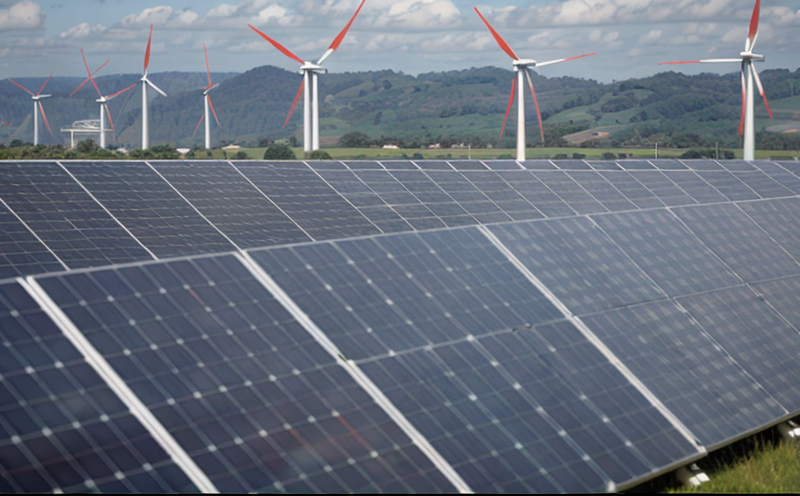Pellet Calorific Value Testing
Understanding the calorific value of pellets is crucial in agricultural and forestry sectors where renewable energy systems are being increasingly embraced. Pellets derived from biomass, such as wood chips or crop residues, play a significant role in sustainable energy production. The calorific value determines the amount of heat released when these pellets undergo combustion, which directly impacts their efficiency and cost-effectiveness as an energy source.
The process involves precise measurement techniques that ensure accuracy and reliability. Samples are prepared according to standard procedures defined by international standards such as ISO 17852-1:2019, which specifies the methods for determining the gross calorific value of solid fuels on a dry basis and an ash-free dry basis.
Instrumentation used in this testing includes bomb calorimeters capable of measuring the heat released during combustion. The sample is ignited within the calorimeter under controlled conditions, and any heat released is measured accurately. This method ensures that the calorific value is determined with high precision, allowing for consistent quality control across production batches.
The results obtained from this testing are vital for several reasons. They help in optimizing pellet formulations to achieve higher efficiency during combustion. By knowing exactly how much energy each pellet can deliver, manufacturers and users alike can make informed decisions about procurement, storage, and utilization of these renewable resources.
- Reduction in Waste: Accurate calorific value testing ensures that only high-quality pellets are used, reducing waste from lower-grade materials.
- Cost Efficiency: Knowing the calorific value helps in optimizing production processes to minimize costs while maximizing output.
- Sustainability: By ensuring consistent energy content, this testing supports sustainable practices within the agricultural and forestry sectors.
The data from these tests contribute significantly to improving the performance of renewable energy systems. They are used not only by manufacturers but also by end-users who rely on pellets for heating or electricity generation. The accuracy of these measurements is paramount in ensuring that all stakeholders benefit from reliable and efficient energy solutions derived from biomass.
Why It Matters
The importance of pellet calorific value testing cannot be overstated, especially given the growing emphasis on renewable energy sources within agriculture and forestry. Accurate calorific value data is essential for optimizing production processes and ensuring consistent quality in pellets used as fuel.
For manufacturers, knowing the calorific value allows them to fine-tune their production methods to maximize yield while minimizing waste. This optimization translates into lower production costs and higher profitability. Additionally, reliable calorific value testing helps in maintaining compliance with industry standards, which is crucial for market access and customer satisfaction.
From an environmental perspective, accurate calorific value data supports more efficient use of biomass resources. By ensuring that only high-quality pellets are used, there is less likelihood of inefficiencies during combustion, leading to better resource utilization and reduced emissions. This contributes positively towards sustainability goals set by various organizations worldwide.
For end-users, particularly those involved in renewable energy systems like heating plants or power stations, knowing the calorific value ensures they receive products that meet their expectations regarding performance and cost-effectiveness. It also allows them to plan maintenance schedules more effectively based on expected fuel consumption rates.
Industry Applications
Pellet calorific value testing finds application across various sectors within agriculture and forestry, particularly those focused on renewable energy systems. Here are some key areas where this service plays a critical role:
- Biomass Fuel Production: Ensures the quality of biomass fuels used in power generation plants.
- Heating Systems: Validates the efficiency of pellet-fueled heating appliances.
- Sustainable Agriculture: Supports the development of bioenergy projects using agricultural residues as feedstock.
The accuracy and reliability of calorific value testing are indispensable for these applications. They enable stakeholders to make informed decisions that balance economic, environmental, and social considerations effectively. By providing precise data on pellet performance, this service facilitates the transition towards a more sustainable energy future.





